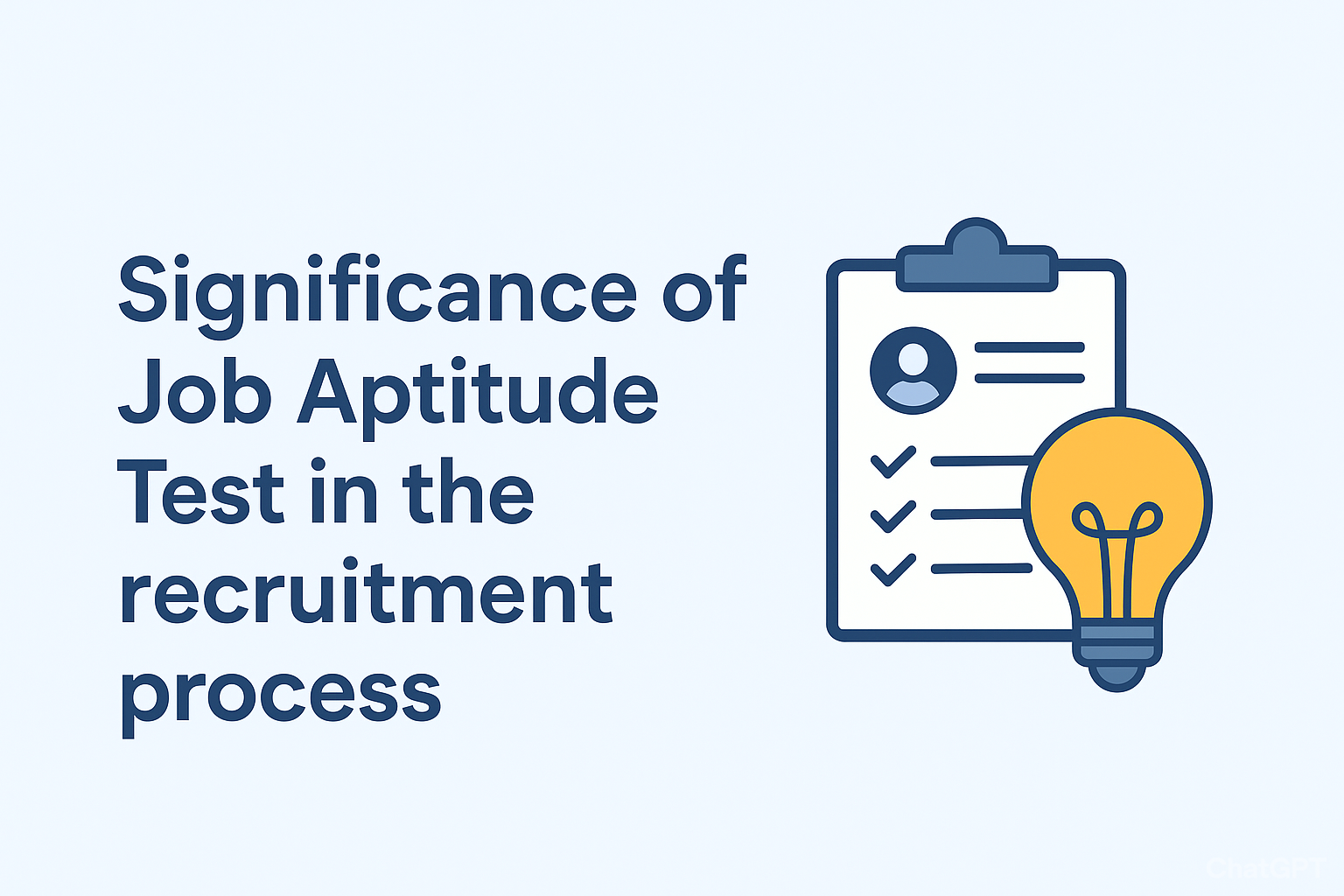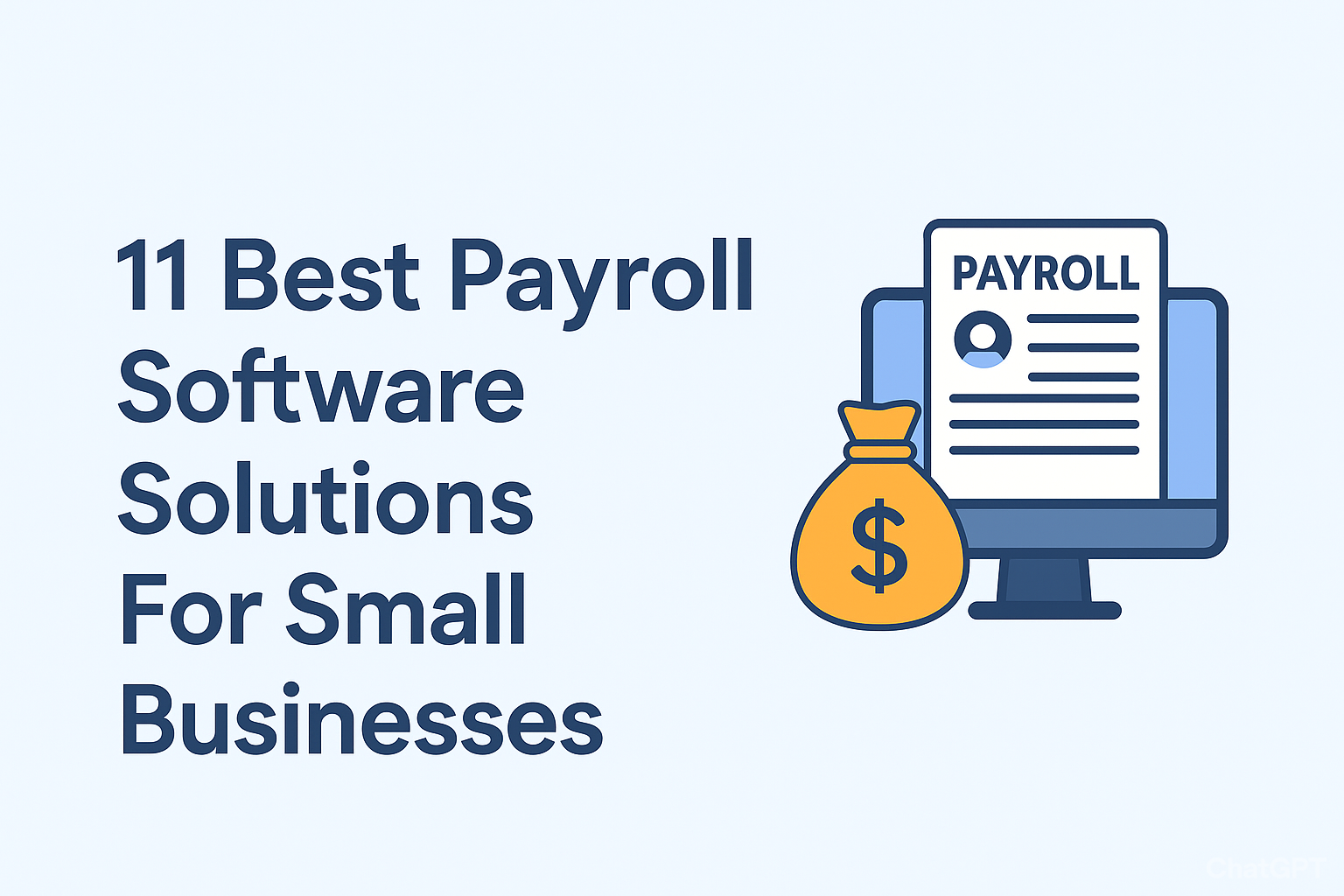Last Updated on March 17, 2024 by Umer Malik
The logistics industry faces challenges today never seen before. Every new global crisis creates gaps in the world’s supply chain. For example, the latest conflict in Ukraine threatens to interrupt 55 billion cubic meters of gas to Europe.
In simple terms, the logistics industry faces a moving target. Global affairs will continue to force shipping industry trends to keep up.
Yet, as more cargo containers fill ships around the globe, the faster logistics must adjust to change. Much has changed in the way freight gets carried today. Containerships and transport vehicles carry more advanced cargo containers than ever.
Keep reading if you want to know how much the supply chain has evolved. This guide to types of shipping containers and how they transport will affect your business in the future.
Table of Contents
The Evolution of Containerships
There used to be days when freight of all shapes and sizes got loaded onto ships as they arrived packed. Labor needed to load ships by hand was expensive and time-consuming. The inefficient use of space forced ships to travel with less than they could carry.
But after the invention of shipping containers, the shipping industry changed forever. The standardized size meant ships could get built to accept capacities beyond before. And the same cargo containers go from ships onto ground transports without the need for restocking single items.
The advent of cargo containers allowed for automated loading and unloading from vessels at less cost. Then in the 1970s, the refrigerated reefer container was born. From that moment, perishable goods could ride on containerships without spoiling.
Since then, more types of shipping containers have gone into service for various goods. But the most significant contribution is the growth of shipping by sea.
Supply Chain Growth Before the Pandemic
In the six years before COVID-19, global trade increased by enormous margins. Intermodal cargo containers stacked by the hundreds sailed around the world on containerships. The volume rose by 35% over that timespan.
Also, during those years, the capacity of containerships increased by 17%. And it’s estimated that 80% of the world’s goods get transported on ships. There are around 5,400 ships in the worldwide fleet of merchant vessels.
The impact of COVID-19 on the supply chain had instant effects. Shipment volumes plummeted, and route disruptions increased. But the shipping industry reacted to the changes as best they could.
Cargo capacities got reduced so the flow of movement would return. Of course, freight costs went higher to offset the lost load capacity.
Until the effects of the pandemic, there was a growing demand for larger ships. Shipping industry trends expected a reduced number of ships of larger capacity.
One of those ships created another supply chain interruption of massive proportions. The containership, Ever Given, got sideways in the Suez Canal and blocked traffic for six days. The estimated cost of the disruption was nearly $10 billion per day.
Shipping Industry Trends Post COVID-19
Supply chain interruptions of the past two years may force shipbuilders to rethink. Plans to construct larger container ships may give way to more vessels smaller in size. With increased ocean traffic, supply chain interruptions could be less likely.
One of the most significant shipping industry trends could be in the propulsion of ships. The world is embracing green energy more. There could be a trend toward electric-powered ships or other energy-conscious systems.
Hydrogen cell projects have begun testing in short-distance routes. If shipbuilders can improve the lifespans of hydrogen cells, it may provide answers to reducing costs.
There is also testing going on with solar-powered fuel cells. A solar and wind hybrid is only effective with smaller vessels right now. Yet, solar could also work with conventional fuels in a hybrid format.
About 500 ships are now running on LNG fuel. These ships reduce emissions to meet stricter standards.
Other innovations like vent foils reduce fuel consumption by almost 10%. And shipping nations are building larger ports to take on more cargo.
New technology in the logistics industry will also help better supply chain movement. Warehouse management systems with more automation can reduce the cost of handling freight. Cargo containers will play a critical role in maintaining efficiency. Businesses will need supply chain management software to keep track of the many moving parts and maintain efficiency in this highly dynamic atmosphere.
The supply chain industry is still learning lessons from the pandemic and traffic snarls. But the logistics industry is working hard to correct mistakes. Around the globe, every customs broker is learning new techniques for preventing further mishaps.
Staying Competitive With the Supply Chain
Each year, more than 11 million tons of material get transported by ships. With today’s population, that total equals 1.5 tons of goods for every person. So shipping industry trends must continue to evolve.
Yet, raw materials like crude oil and metals can only ship around the globe by sea. Developing economies need those materials to grow. In many parts of the world, workers repurpose raw goods into new products.
So to continue the development, supply chain experts must develop new methods to keep up. New product exports need more types of shipping containers to transport them. More containerships will run faster and more efficiently.
What the Future Holds
Cargo containers will keep evolving to ship more kinds of goods. But, the key to all the supply chain is to keep it moving. The pandemic came as a surprise to everyone.
The immediate future shows shipping industry trends leaning toward better fuel alternatives. Cargo containers have given shipbuilders a better template for design.
The logistics industry has a better grip on service issues with new technologies. Tracking and inventory software tracks all types of shipping containers.
Those are only some of the trends that will propel the logistics industry forward. It will be interesting to see what new cargo ships will look like in the next few years. And if you want more insights into new trends, keep checking this site for updates.
Read More: 5 Jobs to Break Into the Logistics Industry



























